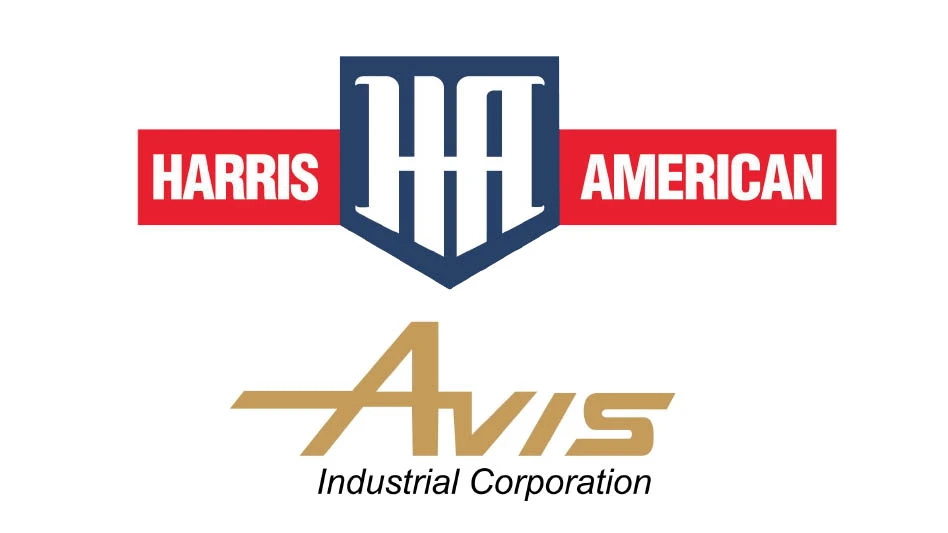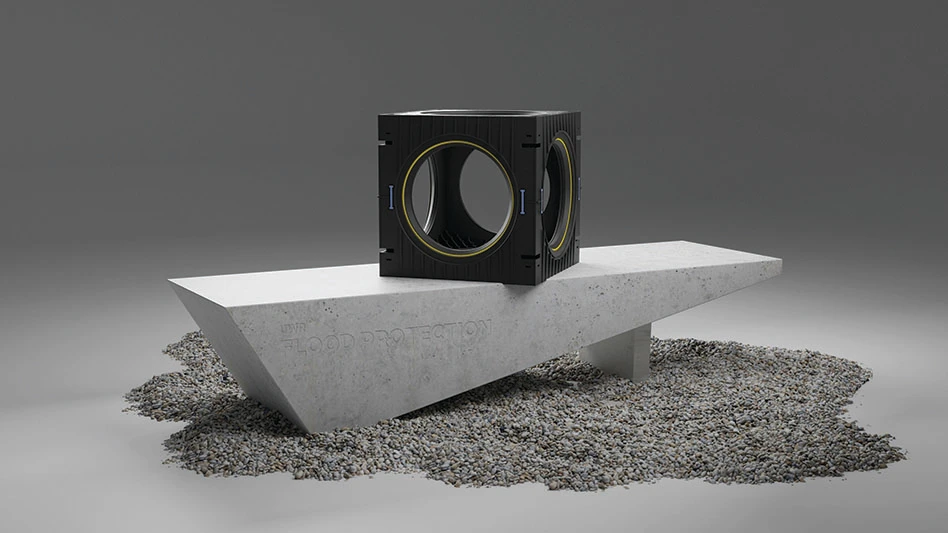
According to the Nickel Institute, Brussels, nickel is the fifth most common element on Earth and occurs extensively in the Earth’s crust and core—with as much as 600 million tons available on land and under the sea. Over the centuries, we’ve only used 60 million tons, much of which are tied up in buildings, including the roof of the Chrysler Building in New York City. That’s why it may be a surprise that nickel could become resource limited, which is what work by Harald Ulrik Sverdrup at the University of Iceland suggests.
A complex model of extraction, supply, ore grade and market prices called the WORLD7 looks at the future demand and supply of metals, including nickel. According to this model, starting in 2050, the per capita supply of nickel will decrease until exhausted if we keep doing things the way we are. The model finds a peak in ore removed from the ground in 2050. By 2130, the world will essentially run out of primary nickel supply using reasonable extraction methods.
A similar deficit begins to emerge in a model developed by BMO Capital Markets, Toronto. In that model and in the current market, stainless steel is the primary driver of nickel demand, with 6 percent compound annual growth over the last 15 years—faster than other industrial metals. BMO’s model finds supply meets demand until 2024, and then supply moves toward a deficit.
Part of the issue is the addition of electric vehicle (EV) batteries to the demand for nickel. Today, about 69 percent of nickel is used to manufacture stainless steels, while 15 percent is used in other steel and nonferrous alloys, often for highly specialized industrial, aerospace and military applications. About 8 percent is used in plating, while 3 percent is used in both foundries and castings and in batteries for electronics, portable equipment and hybrid cars. Roughly 2 percent goes into chemicals, catalysts and dyes.
The BMO model assumes a 36 percent compound annual growth rate for nickel in EV batteries through 2025, equating to 400,000 metric tons of nickel, or 14 percent of the overall market. Although the battery sector share of nickel demand is much smaller than for other metals, getting the quantity of nickel that EVs will need by the mid-2020s will be a challenge.
However, Richard Matheson, director of market development at the Nickel Institute, says, “There is plenty of nickel in the ground. The industry has shown it has been flexible and innovative in the past to respond to demand. The recycling of nickel-containing materials is high, and that is likely to be the case with new applications as well as old because of the intrinsic value of the nickel.”
In Sverdrup’s model, recycling could extend the supply of nickel for centuries.
According to the Nickel Institute, about 68 percent of all nickel is recycled, a number that has increased from about 63 percent since 2000.
Harder but more critical
According to the Nickel Institute, about 68 percent of all nickel is recycled, a number that has increased from about 63 percent since 2000. Early on, the stainless steel industry recognized the value of recycling and embraced a closed loop approach. Nickel use is shifting, and while currently dominated by stainless steel, new products could make recycling more challenging. Nickel in EV batteries is recycled at a rate of below 5 percent presently. As electric vehicles become more common, recycling will be an important factor for nickel supply.
Additionally, nickel pig iron is a cheaper and lower grade alternative to primary nickel used to make stainless steel, and it is used to produce stainless steel in China. According to BMO Capital Markets, nickel pig iron now accounts for 36 percent of the global market, up from essentially zero in 2007, having accounted for the vast majority of nickel unit growth in the interim. Not only is the nickel more challenging to remove from the iron during recycling, but the production of nickel pig iron creates a carbon footprint that is 10 to 14 times higher than traditional stainless steel production, the Nickel Institute notes.
Stainless steel serves as a model
As Matheson notes, the stainless steel industry has learned “how to stop the losses” of nickel because recycling is “built into the system right at the mill.” In this closed loop system, 85 percent of nickel is recycled. Mills recycle dust, tubs from castings and production scrap. Even at the fabricator, scrap is returned to the mill to be recycled. Key in the closed loop is the processor, who takes the stainless steel scrap and readies it for the mill. The processor must blend the scrap into an agreed upon chemistry and density. More importantly, the processor’s blending expertise controls harmful residual elements.
Nickel in electric vehicle batteries is recycled at a rate below 5 percent presently. As electric vehicles become more common, recycling will be an important factor for nickel supply.
Encouraging recycling
Matheson and Sverdrup agree on the need for regulations that encourage recycling of other nickel products. To do this, everyone involved in the nickel life cycle needs to see the value of such a system.
Sverdrup suggests establishing a system so that a product, such as an EV battery, can be returned to the same company for reuse or recycling through a subscription service.
Ultimately, policies could be put in place to reduce the downcycling of nickel products and to classify these end-of-life products not as waste but as resources for new production. This will help to ensure an adequate supply of nickel for future products.
WANT MORE?
Enter your email to receive our newsletters.

Explore the October 2019 Issue
Check out more from this issue and find your next story to read.
Latest from Recycling Today
- Enfinite forms Hazardous & Specialty Waste Management Council
- Combined DRS, EPR legislation introduced in Rhode Island
- Eureka Recycling starts up newly upgraded MRF
- Reconomy Close the Gap campaign highlights need for circularity
- Nickel carbonate added to Aqua Metals’ portfolio
- EuRIC, FEAD say End-Of-Life Vehicle Regulation presents opportunity for recyclers
- Recyclers likely to feel effects of US-China trade war
- BCMRC 2025 session preview: Navigating battery recycling legislation and regulations





